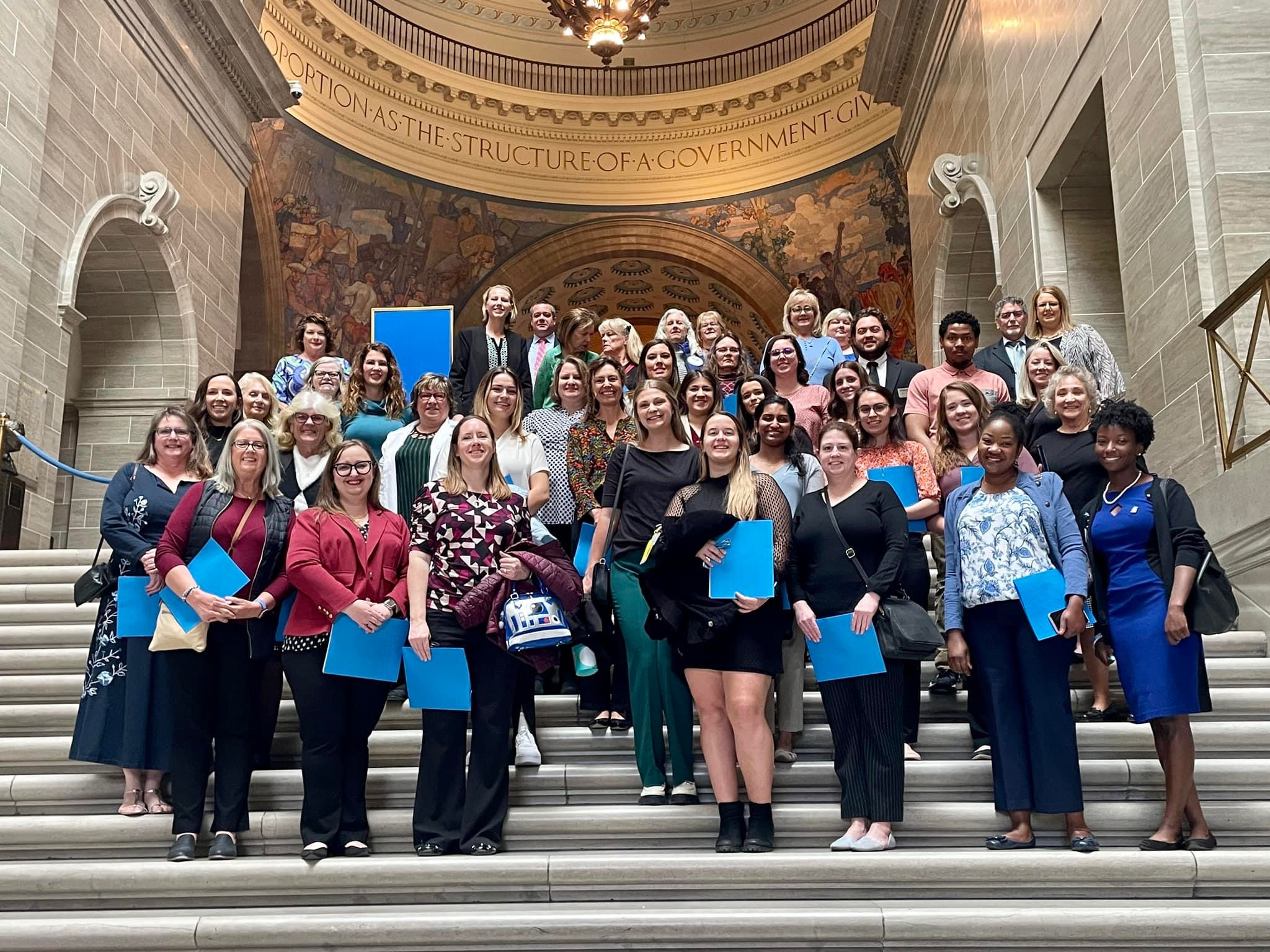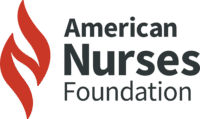Expiring PHE waivers turn back the clock in some states
Despite the proven value of advanced practice RN (APRN) care, the APRN role is at a crossroads. After 3 years of relaxed practice restrictions during the COVID-19 public health emergency (PHE), which ended in May 2023, some waivers that allowed APRNs to practice to the full extent of their training and education have expired. Depending on the state in which they practice, APRNs now may face more restrictions than during the PHE.
While the PHE was in effect, physician supervision of APRNs in rural health clinics was waived and certain APRNs in critical access hospitals could practice to the full extent of their education and clinical training. Certain other restrictions also were lifted. During the pandemic, about 230,000 APRNs treated Medicare patients, and approximately 40% of Medicare beneficiaries received care from APRNs.
In anticipation of the end of the PHE, the American Nurses Association (ANA) along with its constituent and state nurses’ associations (C/SNAs) and collaborating organizations have advocated strongly on behalf of all APRNs and provided resources to strengthen and support them in their practices.
A contrast in states
APRN full practice authority in the wake of the PHE waivers has played out differently across states. The neighboring states of Kansas and Missouri illustrate these differences.


In Missouri, the pandemic waivers allowed APRNs to fill critical gaps in care in rural areas. “COVID-19 demonstrated the impact of reducing regulatory restrictions and the benefits of granting full practice authority to nurse practitioners within Missouri,” said Sarah Oerther, PhD, RN, FNP-BC, ANEF, board vice president of advocacy for the Missouri Nurses Association (MONA).
Now however, the state has reverted to its restrictive pre-pandemic APRN scope of practice regulations with some modifications. Historically, APRNs in Missouri have not been licensed as such but instead received a “document of recognition” and had to practice on their RN license with delegation from a collaborating physician. In addition, as part of their collaborative agreement with a physician, they had a prescribing mileage radius.
Although legislation to grant full practice authority failed in the 2023 legislative session, four separate bills adopted compromise language that allows APRNs to prescribe Schedule II controlled substances for hospice patients; removes some collaborative practice geographic proximity arrangements; and modifies licensing. “Having a license to practice in Missouri is a step in the right direction to recognize APRNs’ level of education and competence in caring for Missourians,” Oerther said.
While acknowledging this milestone, she noted the long road ahead to full practice authority. “Instead of regressing to pre-COVID-19 outdated restrictions, state policymakers should continue the momentum created by the pandemic to permanently eliminate regulatory barriers for nurse practitioners and improve access to care for Missourians,” Oerther said.


In April 2022, neighboring Kansas became the 26th state to adopt full practice authority for APRNs. Kansas State Nurses Association (KSNA) President Linda Adams-Wendling, PhD, APRN, GNP-BC, NEA-BC, CNE, described the day when Kansas Governor Laura Kelly signed the legislation into law as “amazing” and “a wonderful accomplishment for the state.” (Utah became the 27th state to adopt full practice authority earlier this year.)
The lead up to this outcome began in 2009, long before the pandemic, when KSNA launched an advanced practice task force. The task force evolved in 2015 into a collaboration among KSNA, the Kansas Advanced Practice Nurses Association, and other state nursing organizations.
With full practice authority, APRNs in Kansas can now establish their own practice clinics, but the most significant benefit of the legislation is improving access to healthcare, according to Adams-Wendling.
Keeping up momentum
As of June 1, 2023, 27 states and Guam have full practice authority, while 12 have reduced practice, and 11 states (including Missouri) and the U.S. Virgin Islands have restricted practice authority.
Missouri’s restrictive practice regulations versus Kansas’s full practice authority may be prompting Missouri APRNs to leave the state for more favorable practice environments, according to Oerther. She emphasized that MONA and its 23 collaborating organizations will keep up their efforts to gain full practice authority. “Being visible and building relationships helped us make some of our advances,” she said.
Adams-Wendling suggested that APRNs in states with full practice authority lend their hard-won legislative playbooks to providers in states still striving to see practice restrictions lifted. “It’s essential that we continue this movement to work collaboratively across states that have not accomplished full practice authority to ensure all nurse practitioners can practice to the full extent of their edu-cation and ensure patients’ improved access to healthcare,” she said.
Aside from state-level restrictions, some health systems don’t credential APRNs to the extent of their practice authority, said Elizabeth Miller Walters, DNP, CPNP, RN, assistant director of APRN operations for advanced practice initiatives and certification outreach for ANA. These may be institutional rules (such as barring nurse practitioners from seeing new patients) in independent practice states. She encouraged APRNs to advocate for themselves and to educate administrators about the correct information. “It’s about questioning those rules and providing evidence to show that you’re the right person to do those job roles.”
These struggles are worth mounting given the contributions APRNs make to individual patients and the healthcare system. “APRNs have a unique role to play in the healthcare system in that they can see issues from both from the lens of a nurse and that of a healthcare provider,” Miller Walters explained. “Being able to cross that bridge and being able to understand from a nursing back-ground as well as a provider background how healthcare system issues can affect change that can improve patient care.” Miller Walters practices in North Carolina, which has restricted practice authority.
Federal-level advocacy
At the federal level, ANA and partnering nursing organizations support the Improving Care and Access to Nurses (ICAN) Act (H.R. 2713). If passed, the ICAN Act would remove superfluous regulations that serve as barriers to expanding care in areas where APRNs frequently are the primary provider, filling an essential, often lifesaving role for people, said ANA President Jennifer Mensik Kennedy, PhD, MBA, RN, NEA-BC, FAAN (tinyurl.com/bdzh2ahx).
ANA also monitors federal agencies that issue regulations and implement federal laws as well as trends in nursing-related legislation in states. In collaboration with C/SNAs, ANA reviews the more than 1,000 nursing and healthcare related bills typically introduced each session in state legislatures.
ANA also advocates for federal reforms at the administration level. For instance, ANA urges federal regulators to do more to ensure that all payers recognize nurses in their provider networks and coverage policies.


In addition to practice restrictions, APRNs face challenges in obtaining appropriate reimbursement for their services. As a member of the Health Care Professionals Advisory Committee, ANA participates in the American Medical Association’s Relative-Value Scale Update Committee, which evaluates current procedural terminology (CPT) codes, the means by which APRNs bill for their services.
CPT codes—and ultimately the reimbursement recommendations to CMS—largely depend on an accurate accounting by healthcare professionals. To this end, ANA surveys nursing professionals who perform medical, surgical, and diagnostic procedures and services, thus enabling them to contribute to code valuation.
ANA encourages all RNs and APRNs to obtain their National Provider Identifier (NPI), which uniquely identifies and reimburses healthcare clinicians. Obtaining NPIs is a first step toward recognizing and evaluating the role of nurses in the healthcare delivery system, as it would allow health systems and payers to extract nursing services from other providers.
Professional development resources
In addition to its advocacy efforts, ANA is launching a series of articles highlighting the work of APRNs as well as a pilot of free continuing education webinars focusing on issues such as leadership training and advocacy.
ANA members also receive discounts on American Nurses Credentialing Center initial certification and renewals(https://www.nursingworld.org/advanced-practice/ancc-opportunities/). The association offers discounted online independent study modules in a variety of formats, such as the APRN Pharmacology Bundle (nursingworld.org/continuing-education/anas-aprn-pharmacology-bundle/)
Read more about ANA’s advocacy on behalf of APRNs and access resources at nursingworld.org/advanced-practice/ana-supports-aprn/.
— Katherine O’Brien is a writer focused on nursing, aging, and health.
American Nurse Journal. 2023; 18(7). Doi: 10.51256/ANJ072332

















